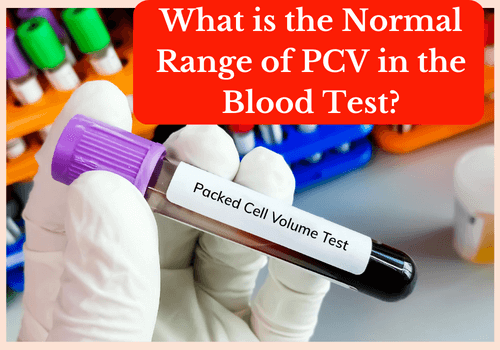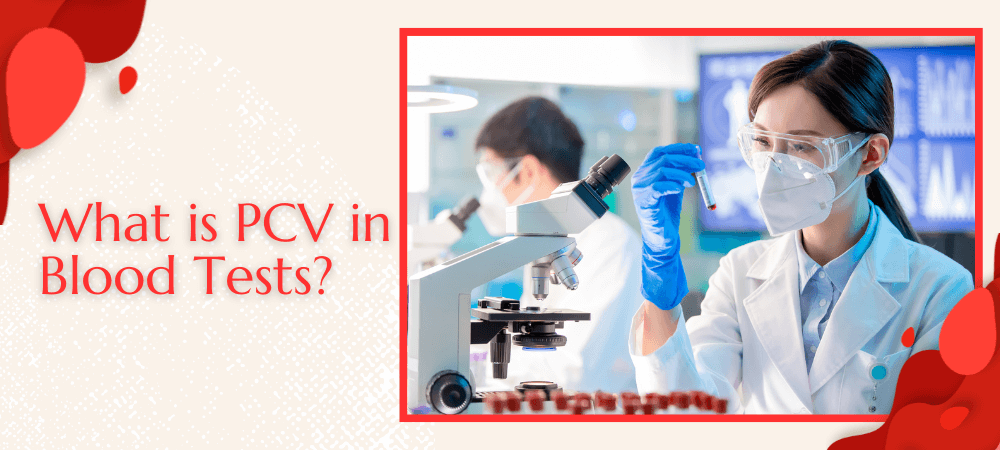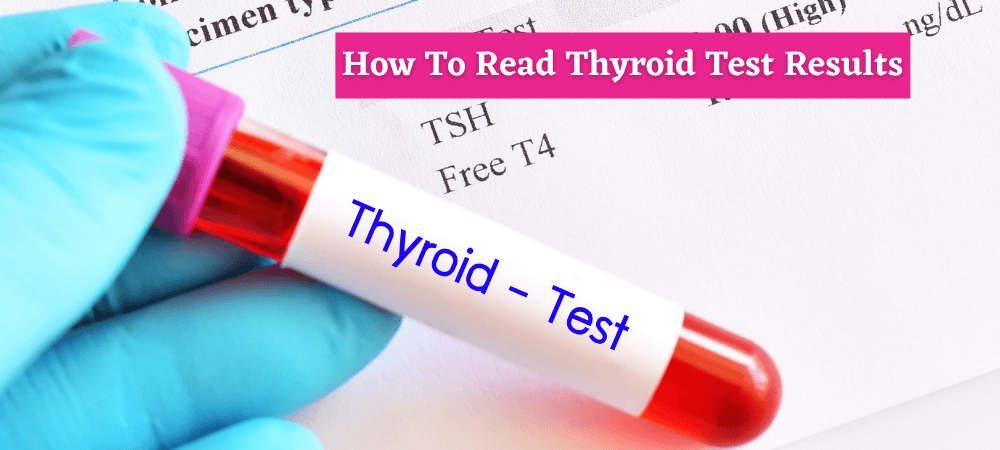While examining your blood test results, have you ever wondered what those abbreviations mean? One that you might have seen is PCV.
But what exactly is PCV in blood tests, and why is it important? The PCV blood tests can reveal the percentage of red blood cells in your blood, which deliver oxygen to your body’s tissues.
However, that was just a one-line introduction. In this article, we delve in-depth and explore everything you need to know about PCV in blood tests.
So, keep reading!
Understanding PCV in a Blood Test
PCV in blood tests means measuring the percentage of red blood cells (RBC) in your blood. It is usually performed to detect anemia or polycythemia in patients. Sometimes it is also recognised as hematocrit. The full form of PCV is Packed Cell Volume.
The PCV test is usually conducted alongside a complete blood count to evaluate the need for blood transfusions and monitor the effectiveness of treatment.
Your PCV is the percentage of red blood cells that settle at the bottom of the tube. PCV is measured by taking a small blood sample and spinning it in a centrifuge. This causes the red blood cells to separate from the plasma, the liquid part of your blood.
What is the Normal Range of PCV in the Blood Test?

PCV is usually reported as a percentage. The normal PCV test range for healthy adults is as follows:
- Men: The normal range for men is between 38.3% and 48.6%.
- Women: Normal PCV for females ranges between 35.5% and 44.9%.
Please note that these ranges can vary depending on various factors, including age, sex, and altitude.

What Do PCV Results Mean?
Blood contains cells as well as plasma. The PCV test determines the proportion of cells present in the blood.
If your PCV results show a reading of 50%, it means 100 ml of blood contains 50 ml of cells.
An increase in the number of red blood cells will cause the PCV reading to increase as well.
Additionally, dehydration can also contribute to an increase in this value.
Your PCV may indicate a health condition if it is higher or lower than the normal range:
- Low PCV in blood tests could indicate anemia, bleeding, or nutritional deficiencies.
- High PCV could indicate dehydration, polycythemia, or lung diseases.
What are the Reasons Behind Low PVC?
Several factors that contribute to the low PCV reading include:
- Iron or vitamin (B12 or folate) deficiency
- Mineral deficiency
- Suffering from bleeding
- Inflammatory diseases, like rheumatoid arthritis
- Kidney disorders
- In hemolysis, the immune system destroys red blood cells prematurely due to organ damage and inherited abnormalities in the RBCs.
How to Increase PCV in Blood?
Consuming foods high in iron, folic acid, and vitamin B12 can help you increase your red blood cell count and, thus, the PCV in the blood.
- Iron: Iron-rich foods include lean meat, seafood, poultry, iron-fortified bread and cereals, nuts, beans, and resins.
- Folic acid: foods high in vitamin B9 include spinach, liver, enriched bread and cereals, and asparagus.
- Vitamin B12: Vitamin B12-rich foods include meat, poultry, fish, eggs, and dairy products like milk and cheese.
Conclusion
To summarize, Packed Cell Volume – PCV in a blood test – measures the volume of red blood cells in a given blood volume. It is important as it provides valuable information about your health.
Abnormally low or High PCV levels than the normal range may indicate anemia or dehydration. If your PCV levels are low, you should include iron-rich or high Vitamin B12 foods in your daily diet.






Thanks a lot, this is very detailed